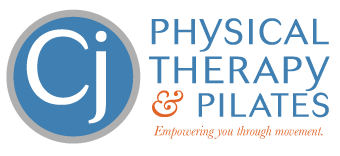Why Your Knee Pain Isn’t Going Away – And What You Might Be Missing
Knee pain can be stubborn. If you’ve tried stretching, strengthening, injections, or even surgery with little to no relief – it might be time to consider looking beyond your knee. Many people are told their pain is due to “wear and tear,” arthritis, or simply aging. But here’s the thing… There are plenty of people out there with these very same conditions who have no knee pain at all.
So, what gives?
It turns out that knee pain isn’t always a knee problem.
If you’re still dealing with persistent discomfort despite following every piece of conventional advice, one of these four lesser-known culprits might be the real reason behind your lingering knee pain.
1. It’s Not Your Knee—It’s Your Back
Did you know that nearly 40% of extremity pain actually originates from the spine – even if you don’t have back pain? The nerves that control your knee function start in your lower back. If they’re irritated, compressed, or not functioning properly, your knee could suffer the consequences.
A key sign that your knee pain is actually coming from your back is if your pain moves around, travels up or down your leg, or worsens when you sit for long periods. If your knee treatments aren’t working, it’s worth investigating whether your back is the real issue by talking to a mechanical back pain specialist.
2. Your Core is Weaker Than You Think
When people hear “core strength,” they usually think about back pain or six-pack abs – but your core plays a massive role in knee health, too. Your core, hips, and glutes work together to stabilize your lower body. If these muscles are weak, your knees pick up the slack, leading to unnecessary strain and chronic discomfort.
Signs of a weak core affecting your knees include feeling unstable on one leg, difficulty maintaining good posture, or knee pain that worsens after prolonged activity. The solution? Strengthening your core and hips can take the pressure off your knees and keep them moving the way they should.
3. Your Ankles Might Be the Problem
Your ankles act as the foundation for your entire lower body. If they lack mobility or stability – your knees will compensate – leading to stiffness, pain, and dysfunction. Poor ankle mobility can make everyday movements like walking, running, and squatting much harder on your knees.
If you struggle with ankle flexibility or feel unsteady during activities like hiking, running, or sports – your knee pain may actually stem from weak or restricted ankles. Addressing ankle stability and mobility could be the missing link to finally getting relief.
4. Your Knee Isn’t Moving the Way It Should
One of the most overlooked aspects of knee pain is mobility. There might actually be nothing at all wrong with your knee – but if it doesn’t move as well as it should – structures within and around your knee joint will slowly start to get irritated. Most rehab programs focus on bending the knee – but proper knee function also requires slight hyperextension – and this is where I see a lot of problems for people. If your knee stops at “just straight,” it may still be restricted, causing long-term dysfunction and discomfort.
Pro-tip: This is especially common after surgery, where full mobility isn’t always restored. If one knee doesn’t move like the other, it’s time to work with a mechanical knee pain specialist who can prescribe corrective movements to help you regain that lost range of motion.
What to Do Next
If you’ve been dealing with knee pain that just won’t go away – there’s a good chance you either have the wrong diagnosis – or the wrong treatment plan. You may need to stop focusing on the knee and start to look elsewhere in your body. The real problem might be coming from your back, core, ankles, or mobility restrictions somewhere leading to secondary stress on your knee joint.
A mechanical pain specialist who understands the bigger picture can help pinpoint the true cause of your pain and create a plan that actually works to finally get your knee pain resolved.
Are you local to Portsmouth, NH?
Consider speaking to one of my mechanical knee pain specialists by clicking HERE.
Dr. Carrie Jose, Physical Therapy Specialist, and Mechanical Pain Expert, owns CJ Physical Therapy & Pilates in Portsmouth, NH, and writes for Seacoast Media Group. If local to Portsmouth, NH, and looking for help – request a FREE Discovery Visit with one of her Specialists by CLICKING HERE.



